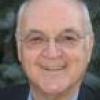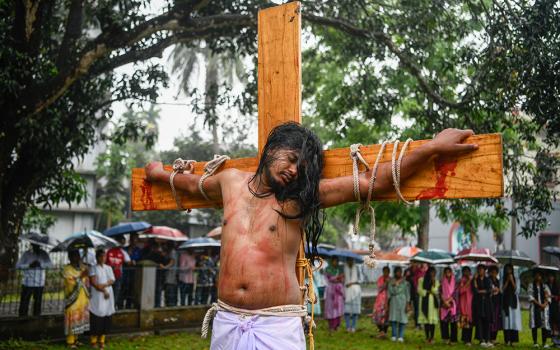History is the great debunker of pre-conceived ideas that are rooted in ideology and false piety rather than in reality.
Without a grasp of history, and of the history of the papacy in particular, many Catholics are led to believe that the papacy must always have been as they have known it, and most popes have been just like the popes of the 20th and 21st centuries: Pius XI, Pius XII, John XXIII, Paul VI, John Paul I, John Paul II, and Benedict XVI.
The pontificates of a thousand years ago, however, were very different from any that we have experienced in our lifetimes.
First of all, we do not even know how the pontificate of John XVIII ended in 1009. Did the pope abdicate before his death and, if so, was it under duress?
If he did abdicate, what did he do after he left the papacy? No living Catholic has ever seen that happen. Indeed, for those who tend to look upon popes as quasi-divine figures, papal resignation is simply unthinkable. Once a pope, always a pope -- until death. No?
According to some historical sources, Pope John XVIII most likely did abdicate, or resign, the papacy shortly before his death, and then became a monk at the basilica of St. Paul's Outside the Walls in Rome, where he is buried.
Otherwise, little is known of his pontificate. We do know that during this period of church history, from 1003 to 1012, one of the powerful Roman families, the Crescentiis, ruled the city and dominated the papacy itself.
From 999 to 1003 the first French pope, Sylvester II, was seated on the Chair of Peter. A dedicated reformer, he denounced simony (the buying and selling of spiritual goods and church offices), nepotism (favoring members of one's own family for appointment to church offices), and violations of clerical celibacy. He also insisted on the free election of abbots by monks.
But in February of 1001 the Roman citizenry revolted against foreign domination. The French pope and his German friend and ally, Emperor Otto III, were forced to leave the city.
Otto died the following year, before he could reestablish his authority in Rome. The new head of the Crescentii family, John Crescentius II, allowed the French pope to return, but only on condition that he limit himself to spiritual functions. The pope died less than a year later.
A relative of the dominant Crescentii family succeeded Sylvester II in an election that was undoubtedly engineered by the family's leader. What was also remarkable, besides the decisive influence of a layman on a papal election, is the fact that the new pope, John XVII, had been married before ordination to the priesthood and was the father of three sons.
The pope's only notable recorded papal act was his authorizing of Polish missionaries to work among the Slavs. It is not even known how he died or how old he was at the time of death.
Although John XVII was pope for less than six months, his pontificate was not among the shortest in history. For purposes of comparison, Pope John Paul I was in office for just 33 days in 1978, yet his was only the 11th briefest pontificate in history.
John XVIII was cardinal-priest of St. Peter's Basilica when elected to the papacy on Christmas Day 1003 (the Vatican's official list begins his pontificate in January 1004). None of his accomplishments as pope have had any lasting historical significance beyond certain locales.
Thus, he restored the diocese of Merseburg in Germany, which Pope Benedict VII had sup-pressed and divided at the request of Emperor Otto II, and John XVIII also approved the establishment of the diocese of Bamberg in Bavaria.
He summoned the bishops of Sens and Orleans to Rome under pain of excommunication because of their threats to the papal privileges granted to the abbey of Fleury.
There is some evidence that relations between Rome and Constantinople improved during John XVIII's pontificate, probably because of the pro-Byzantine sympathies of the Crescentii family. The pope's name was restored to the list of those to be prayed for at Mass in Constantinople.
However, the thaw was relatively brief. Less than 50 years later, the formal schism between East and West began, and remains in effect to this day.
John XVIII was probably forced to resign in late June or early July, 1009 -- almost exactly one thousand years ago.
His successor was Sergius IV who, because his baptismal name was Peter, changed it upon election. Taking a new papal name was still not the custom.
Alas, Sergius IV was murdered.
© 2009 Richard P. McBrien. All rights reserved. Fr. McBrien is the Crowley-O'Brien Professor of Theology at the University of Notre Dame.


